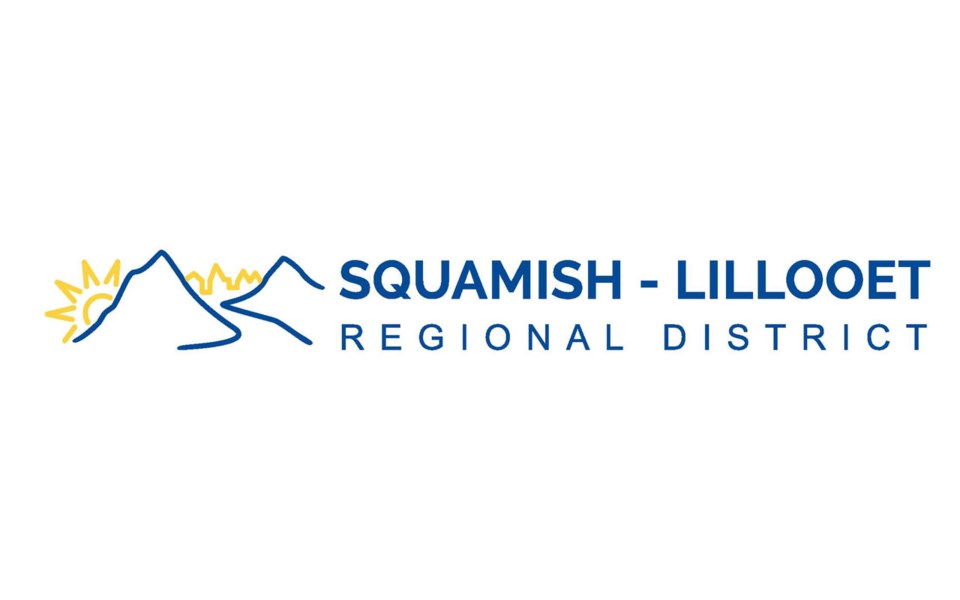The Squamish-Lillooet Regional District (SLRD) has a new hand leading its staff.
Melany Helmer assumed the role of chief administrative officer (CAO) on Sept. 8 after having served in the same position at three different municipalities: most recently, the District of Fort St. James, the Regional District of Bulkley-Nechako and the Village of Cache Creek before that.
Pique caught up with Helmer to talk about her priorities for the diverse district, which stretches from Lions Bay in the south to past Lillooet in the north, how she has settled into the role in the midst of the COVID-19 pandemic, and the experience she’s garnered from her other CAO positions.
This interview has been edited for length and clarity.
PIQUE: What appealed to you most about this opportunity with the SLRD?
Melany Helmer: I really like regional district work because it’s collaborative and it’s very broad-based. We’re looking at the best interests of everybody across a large area and that can be quite interesting to bring people [together] that are quite diverse.
We look at ‘What’s the best we can do for the region as a whole, bringing those strengths and those challenges together?’ That’s always exciting.
In this particular regional district, there’s a lot happening that is quite exciting. It’s a very collaborative approach by the board members. I was quite impressed by how they worked together at furthering the interests of the region.
PIQUE: How have the first couple months gone? What have been some of your priorities?
MH: First of all, getting our team fully staffed. There were key positions that were vacant, some of which are still vacant … We are filling those specific vacancies as quickly as we can, but making sure we have the right people to do the job.
There are quite a lot of projects that are happening at this time as well. In particular, the COVID situation has been affecting all of us and that’s no different for the Squamish-Lillooet Regional District.
We’ve been working through that, doing what we can to support the public by opening the office for limited services to support those needs and providing other opportunities that don’t require in-person attendance so members of the public still have an opportunity to provide their input and seek our services.
PIQUE: What was it like moving across the province during a pandemic?
MH: It’s something I’ve never experienced before, for sure. The new job is really exciting and moving to a new community and starting a new job can always be a challenge but now it’s completely different. We’re working remotely a majority of the time with only a small core team at the office.
Connecting with new board members, new staff, new members of the public … we’re now no longer sitting down in a room together. But despite that, I think everyone in the Squamish-Lillooet Regional District is resilient and is able to face having to do things by Zoom or by telephone.
PIQUE: One of your major accomplishments with the Regional District of Bulkley-Nechako was on the transit front, implementing Highway 16 Transit Service. Regional transit is a big priority in the SLRD. Can you draw on the experience and provide a different perspective to help move that project forward?
MH: We’ve had conversations about transit and it was one of the priorities that the board was advocating for at the [Union of British Columbia Municipalities Convention] recently. That will continue to be an important priority for providing members of the public with some ability to travel by public transit in a reliable way moving from place to place, increasing what services are currently available and connecting with other providers. There are some other services that operate and provide transportation services in the Squamish-Lillooet Regional District and between our regional district and our neighbouring regional district [Metro Vancouver Regional District], so we’re looking at what are those linkages and what are the gaps. How can we provide that improvement to public transit in a way that’s affordable?
PIQUE: How did the experience of serving as the emergency operations centre director during the 2018 wildfires shape how you’re reacting to the COVID-19 situation?
MH: The 2018 wildfire situation was very intense and it affected the whole province, certainly, but in our regional district in Bulkley-Nechako, there were over 60 different orders and alerts that went through, so there were a lot of different activities that went through in a short timeframe.
The COVID situation is more of a marathon. We’ve seen this going on since the spring. We’re still in it. We don’t see the end yet. There is a difference there in the sense that we have to pace ourselves. We have to plan our work according to a very long duration.
We don’t have the ability to say that rain and snow in the fall are going to help with that and it’ll be over.
What happens through emergency events is we build connections with each other. We reach out to one another to meet the needs of the public because we each have a role to fill.




